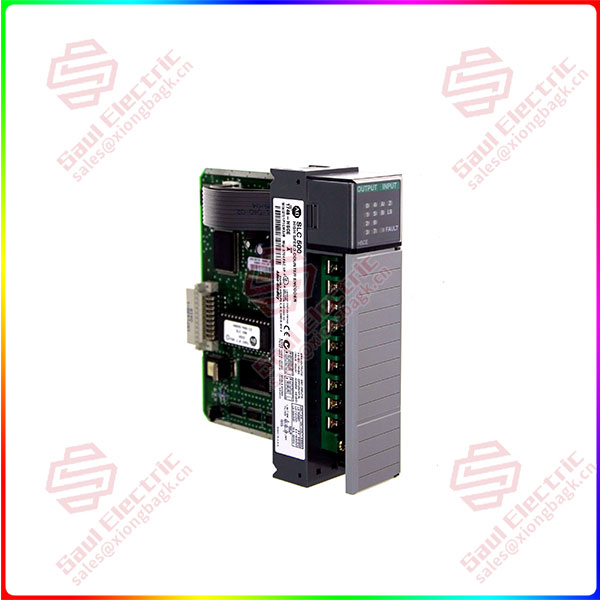Export market vs domestic market
China’s machinery manufacturing industry is still dependent on the export market, and machinery exports are gradually transitioning from low-end to high-end. Port machinery, lifting machinery, engineering construction and other heavy machinery is China’s advantage industry, with comparative advantages, exports in this area will be more and more. With the improvement of the level of mechanical technology and equipment in China, the proportion of small and medium-sized machinery exports such as machine tools, rubber and plastic machinery and textile machinery is also increasing. These industries have the largest amount of servo products, so the fluctuation of the export market has the greatest impact on the Chinese servo market. Although the country has export tax rebate and exchange rate floating strategy, but affected by the uncertainty of the European and American markets and the appreciation of the RMB, the export market has been sluggish in 2012. IMS Research analyst Zhou Wanmu judged that from the second quarter of 2013, the export market will bottom out and recover, but the growth rate is still limited, although the overall market lacks bright spots, but because of the large market capacity of these export-oriented industries, subdivided industries and subdivided applications, it is still a battleground for the military, and motion control manufacturers can combine their own characteristics. Find niche market hot spots in these large export-oriented industries.
The transformation of the growth mode from the export market to the domestic market is one of the themes of the 12th Five-Year Plan, for the domestic market, food, beverage, packaging, pharmaceutical, water treatment, petroleum and petrochemical machinery, electronic machinery and other livelihood related industries are relatively stable. IMS Research expects that these industries will continue to drive the development of China’s motion control market after 2013, but some industries with overcapacity or policy restrictions, such as steel, metallurgy, cement, glass, paper, etc., will remain difficult after 2013.

1746-HSCE
Low-end vs high-end
The demand for high-end machinery and equipment in the Chinese market has remained stable. The characteristics of the servo system have always been an important indicator affecting the processing performance and process performance of the system. It can be predicted that with the development of advanced manufacturing technologies such as ultra-high-speed cutting, ultra-precision machining, networked manufacturing, robotics, 3D printing, etc., full digital servo systems with network interfaces, linear motors, etc. Torque motor and high-speed electric spindle will become the focus of CNC machine tool industry. Focusing on the improvement of dynamic and static characteristics of servo system, a variety of servo drive technologies, DC common bus technology, integrated servo and so on have been developed in recent years. IMS Research analyst Zhou Wanmu believes that high-end medical equipment, high-end machine tools, flexible machining centers, high-end automated textile machinery, high-precision printing machinery, precision electronic processing equipment, semiconductor equipment, automatic warehouses, automated material handling equipment for high-end servo demand will grow steadily, and promote the development of China’s motion control market.
European and American motion control manufacturers are prominent in the high-end motion control market, and in 2012 we saw stable performance of Bosch Rexroth and Danaher (Kollmorgen). In contrast, the low-end machinery manufacturing market, machinery production is huge, the number of machinery manufacturers is large, because such machinery manufacturers pursue low costs, price has become the primary consideration. In addition, these machinery manufacturers are sensitive to market responses, and demand changes are more drastic. IMS Research believes that the low-end machinery market will still be the mainstream market in China in the medium and long term, and it is a battleground for military. Japanese, Taiwanese and local motion control manufacturers are competing fiercely in this market, and some European and American manufacturers have also tried to seize this market in recent years, and the competition in the low-end market will be more intense after 2013.
 1 Year Warranty
1 Year Warranty





